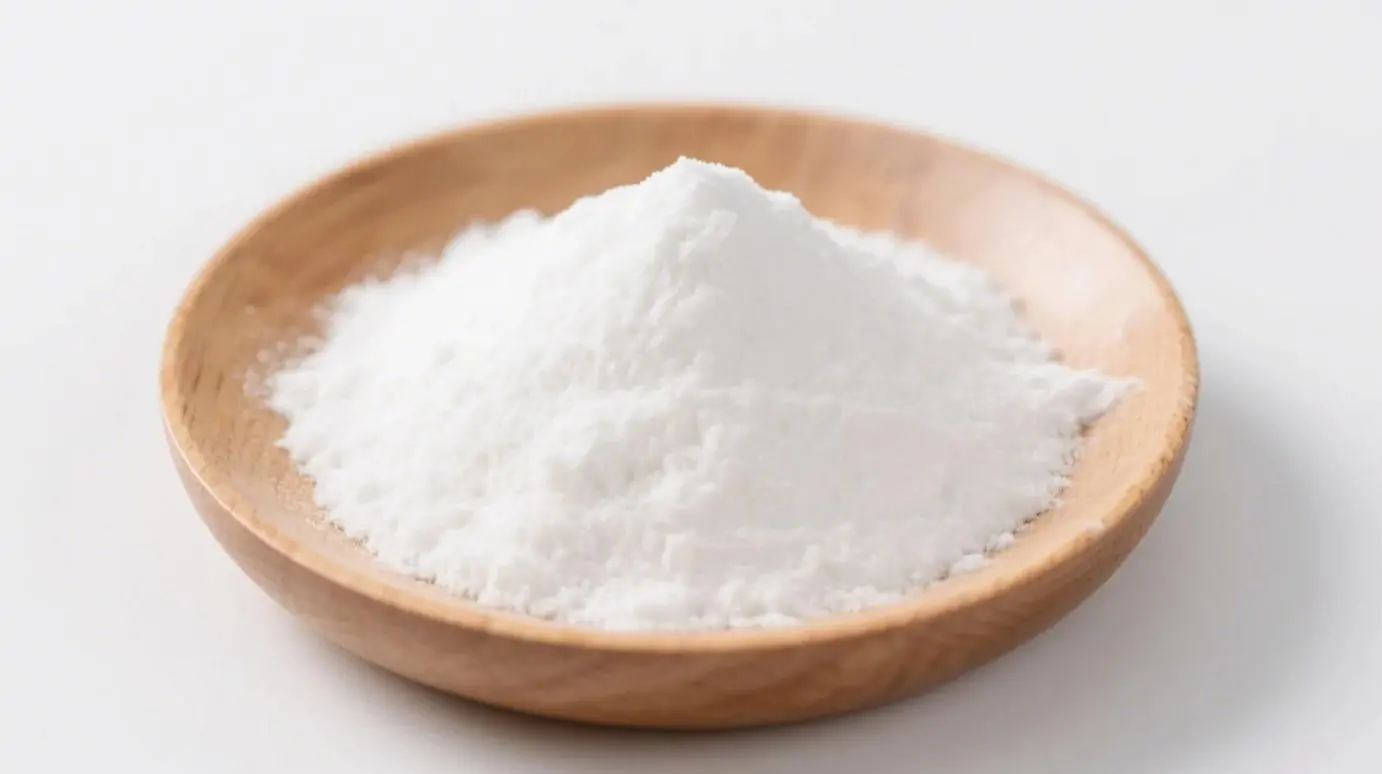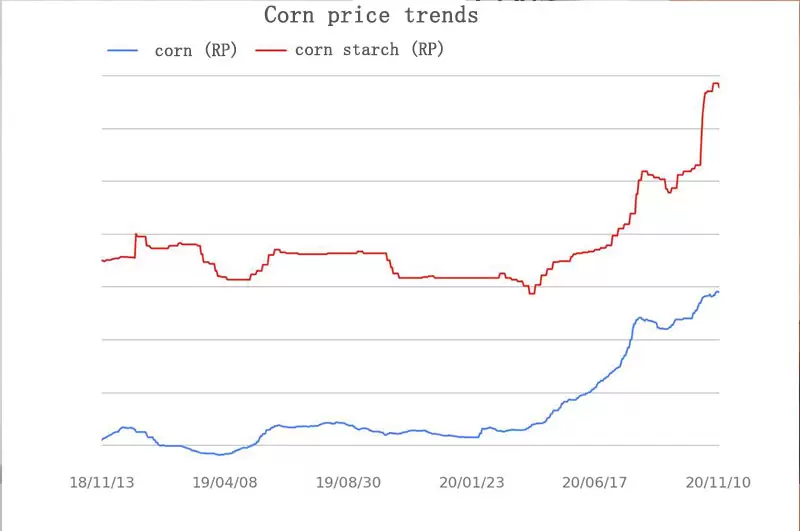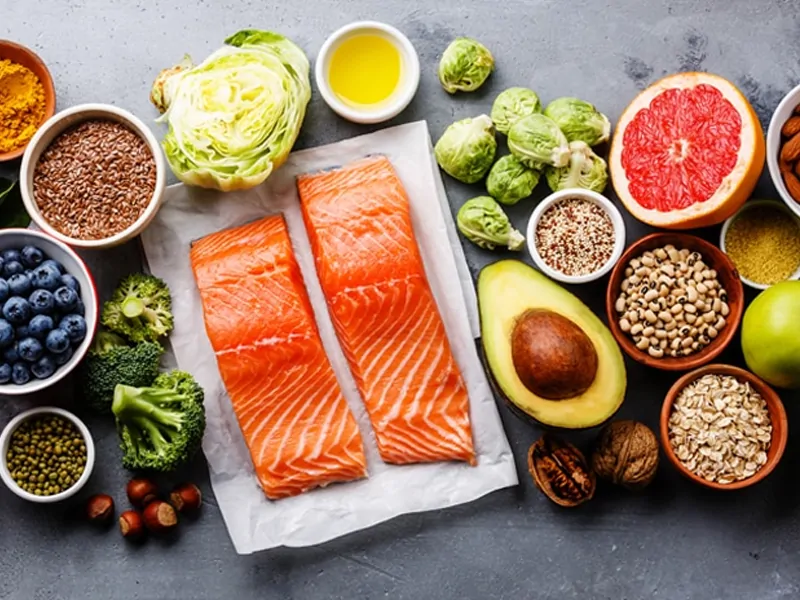Market Overview: A Rising Star in Functional Nutrition
The global organic galactooligosaccharides (GOS) market is poised for explosive growth, driven by surging demand for gut-health solutions and clean-label ingredients. Valued at 1.2billionin2024,themarketisprojectedtoreach 2.5 billion by 2030, growing at a CAGR of 8.7%. As consumers prioritize digestive wellness and sustainable sourcing, organic GOS—a plant-based prebiotic derived from non-GMO lactose or legumes—is emerging as a cornerstone of functional food, infant nutrition, and animal feed innovation.

Key Growth Drivers
- Gut Health Epidemic:
- Over 65% of global consumers now actively seek digestive health products. Organic GOS, with its ability to stimulate Bifidobacteria and Lactobacillus, is a top choice for synbiotic formulations (prebiotic + probiotic blends).
- Clinical studies link GOS to reduced IBS symptoms and enhanced mineral absorption, fueling demand in pharmaceuticals and dietary supplements.
- Plant-Based & Lactose-Free Trends:
- With 68% of adults lactose intolerant globally, plant-derived organic GOS (e.g., from chickpeas or lentils) is disrupting traditional dairy-based prebiotics. Brands like FrieslandCampina now offer GOS-OP High Purity (>90% GOS) for vegan-friendly products.
- Animal Feed Revolution:
- In livestock, organic GOS improves feed efficiency by 15–20%, reducing antibiotic use and methane emissions. The poultry and mammal feed sectors dominate applications, driven by GOS’s ability to neutralize anti-nutritional factors.
- Regulatory Tailwinds:
- Stricter EU and USDA organic certifications are phasing out synthetic additives, creating a $380M+ opportunity for GOS in clean-label reformulations.
Market Segmentation & Hotspots
| Segment | 2024 Market Share | 2030 Projection | Key Applications |
|---|---|---|---|
| Food & Beverage | 45% | 50% | Infant formula, protein bars, plant-based dairy |
| Animal Feed | 30% | 25% | Poultry, swine, aquaculture |
| Pharmaceuticals | 15% | 18% | Gut health supplements, oral rehydration |
| Cosmetics | 10% | 7% | Prebiotic skincare, scalp health |
Geographic Growth Leaders:
- Asia-Pacific: 11% CAGR (China, India lead in infant nutrition and functional snacks).
- North America: 9% CAGR (plant-based GOS demand in vegan protein powders).
- Europe: 7% CAGR (driven by EU Farm-to-Fork sustainability mandates).
Innovation Frontiers
- Next-Gen Extraction Tech:
- Enzymatic hydrolysis methods now yield 99% pure GOS with 30% lower energy use, enabling cost-competitive pricing vs. synthetic FOS (fructooligosaccharides).
- Functional Blends:
- Startups like GutFuel combine organic GOS with adaptogens (e.g., ashwagandha) for stress-gut axis targeting.
- Circular Economy Models:
- Upcycled GOS from okara (soy pulp) and brewers’ spent grain are gaining traction, reducing production costs by 20%.
Challenges & Strategic Wins
- Price Sensitivity: Organic GOS costs 25–30/kg vs.10–15/kg for conventional, but B2B partnerships (e.g., with regenerative farms) are narrowing the gap.
- Supply Chain Resilience: Post-COVID, brands like Meiji and Yakult are localizing production hubs in Southeast Asia and Africa to cut lead times.
The Road to 2030: 3 Predictions
- Infant Nutrition Dominance: Organic GOS will capture 40% of the $60B baby food market as parents seek allergy-friendly prebiotics.
- Carbon-Negative Production: Solar-powered bioreactors and regenerative agriculture will make GOS a net-negative CO2e product by 2035.
- AI-Driven Personalization: At-home gut microbiome tests will sync with GOS dosage apps, creating a $700M direct-to-consumer niche.
Related Products
Organic Galactooligosaccharides Powder
Premium Prebiotic Fiber for Infant Nutrition, Gut Health & Functional Food Innovation
Organic Fructooligosaccharides
Premium Prebiotic Fiber for Gut Health, Functional Foods & Dietary Supplements



